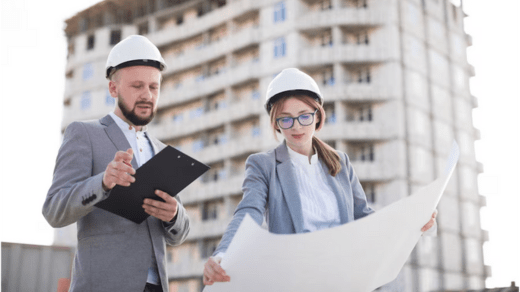Commercial buildings require meticulous planning and installation of various systems to ensure compliance with safety regulations and operational efficiency. Two critical installations that play pivotal roles in this regard are lift installations and kitchen fire systems. These installations not only enhance safety protocols but also contribute significantly to the functionality and regulatory adherence of commercial spaces.
Lift Installation
Lifts, or elevators, are indispensable components of modern commercial buildings, facilitating convenient vertical transportation for occupants and goods. Beyond mere convenience, the installation of lifts is mandated by building codes and accessibility standards to ensure compliance with safety regulations and provide equitable access for all individuals.
Enhancing Accessibility:
Lift installations are designed to cater to the diverse needs of building occupants, including those with disabilities or mobility challenges. Modern lifts incorporate advanced features such as tactile buttons, audio announcements, and spacious cabins to accommodate wheelchairs and strollers, thereby promoting inclusivity within commercial spaces.
Operational Efficiency:
In commercial settings, where time is of the essence, efficient vertical transportation is crucial. Lifts optimize building traffic flow, reducing congestion in high-traffic areas and enabling swift movement between floors. This operational efficiency not only enhances user experience but also improves overall productivity within the building environment.
Compliance and Safety:
Regulatory bodies enforce stringent standards for lift installations to safeguard user safety. Compliance with codes governing lift design, maintenance, and emergency protocols ensures that installations meet the highest safety standards. Regular inspections and adherence to maintenance schedules are essential to uphold operational integrity and mitigate potential risks associated with lift malfunctions.
Kitchen Fire Systems
Kitchen fire systems are integral to the safety infrastructure of commercial buildings, particularly in establishments where food preparation and cooking activities pose inherent fire risks. These systems are designed to detect, suppress, and mitigate fire incidents swiftly, thereby safeguarding occupants, property, and operational continuity.
Detection and Suppression:
Advanced kitchen fire systems employ state-of-the-art technologies such as heat and smoke detectors, which promptly identify fire hazards before they escalate. Automatic suppression systems, such as wet chemical extinguishers tailored for grease fires, deploy rapidly to contain flames and prevent the spread of fire within kitchen environments.
Compliance Standards:
Compliance with fire safety regulations is non-negotiable for commercial kitchens. National and local codes mandate the installation of specific fire suppression systems based on kitchen size, equipment, and cooking methods. Regular inspections by certified professionals ensure that these systems are operational, well-maintained, and capable of responding effectively to fire emergencies.
Integration and Synergy
While lift installation and kitchen fire systems serve distinct purposes within commercial buildings, their integration contributes synergistically to overall building safety and compliance. Coordinated planning and implementation ensure that these installations complement each other seamlessly, enhancing the building’s resilience against safety hazards and regulatory non-compliance.
Holistic Safety Approach:
Architects, engineers, and facility managers collaborate to integrate lift and fire system installations into the building’s structural framework and operational workflows. This holistic approach considers factors such as building layout, occupancy patterns, and emergency response protocols to optimize safety outcomes and regulatory compliance.
Technological Advancements:
Innovations in lift and fire system technologies continue to redefine safety standards in commercial building environments. Smart building solutions, including interconnected systems with real-time monitoring and predictive maintenance capabilities, empower stakeholders to proactively manage safety risks and optimize operational efficiency.
Conclusion
The installation of lifts and kitchen fire systems represents critical investments in enhancing safety, accessibility, and operational efficiency within commercial buildings. By adhering to stringent regulatory standards, leveraging technological advancements, and adopting a holistic safety approach, stakeholders can mitigate risks, ensure compliance, and create resilient environments that prioritize occupant safety and well-being.






